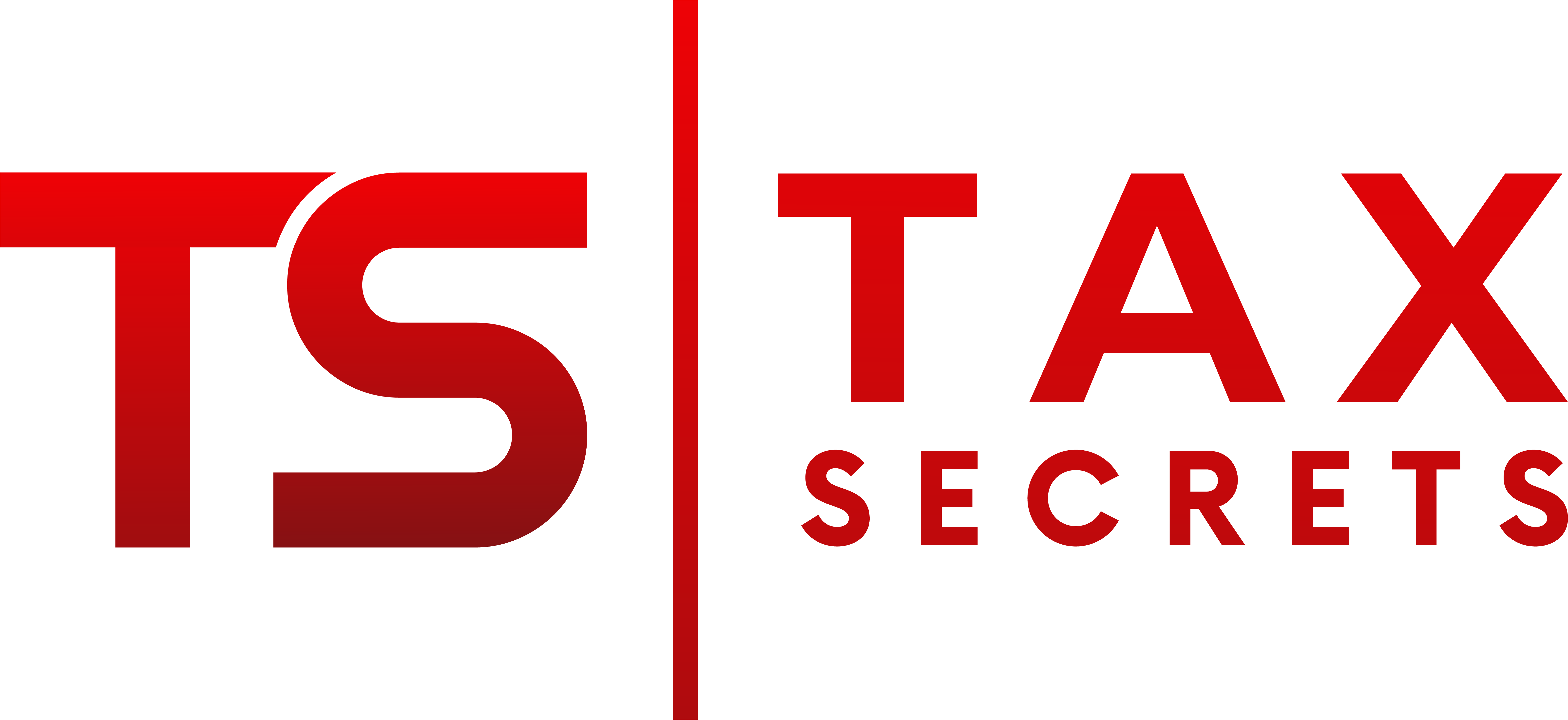IRS Finds a Cure for the Family Glitch
Article Highlights:
- ACA Features
- Premium Tax Credit
- Family Glitch
- IRS Cure for the Family Glitch
- Action May Be Required
Background – The Affordable Care Act (ACA) – also referred to as Obamacare) was enacted over 12 years ago, and one of its main features was the creation of government marketplaces (sometimes called exchanges) where Americans could purchase their health insurance if not covered by an affordable employer’s plan. Also included in the ACA was a new tax credit, the Premium Tax Credit (PTC), that could be used to offset some or all of the premiums for policies obtained through the marketplace.
However, that law also contained what some have referred to as “the family glitch” that prevented some families from having access to a health insurance marketplace or taking advantage of the PTC. After more than a decade, the IRS has come up with regulations that will allow, in some cases, these family members to be eligible for the PTC.
Premium Tax Credit – This is a refundable credit available to lower income taxpayers to help them offset the cost of purchasing their health insurance from a government health insurance marketplace. The credit, which is claimed on Form 1040, can instead be claimed in advance to reduce current premiums, which is what nearly all eligible individuals do.
Not allowed to claim the PTC are employees that are offered minimum essential coverage under an employer-sponsored plan that is affordable. For 2023 affordable means that the employee’s share of the premiums doesn’t exceed 9.12% of the employee’s “household income.” The affordability percentage that was written into the law was 9.5% and is annually indexed. It was 9.61% for 2022.
The Family Glitch – The original Premium Tax Credit regulations said that if an employer offers coverage for both the employee and the employee’s spouse, and the cost of the employee’s coverage does not exceed that year’s affordability percentage of the taxpayer’s household income, then no matter the cost of the spouse’s coverage the taxpayer will not be eligible for the PTC. The IRS’ interpretation at the time was that the affordability test is based upon the employee’s self-only coverage premiums for purposes of the percentage-of-household-income test, and if affordable for the employee, then the IRS considered it affordable for all members of the taxpayer’s tax family offered coverage under the employer plan. This regulation meant that if an individual’s coverage offered by an employer is considered affordable, then the individual is not eligible for a PTC. This outcome was dubbed the “family glitch.”
IRS Has a Cure for the Family Glitch – New regulations, effective for 2023, amend the existing ones regarding eligibility for the premium tax credit to provide that affordability of employer-sponsored minimum essential coverage (employer coverage) for family members of an employee is determined under a separate affordability exemption test for an employee’s spouse and dependents.
As a result, for 2023, an eligible employer-sponsored plan is considered to be affordable for members of an employee’s tax family only if the portion of the annual premium the employee must pay for family coverage does not exceed 9.12% of the household income. Thus, if the employee’s required contribution for the family coverage exceeds 9.12%, then the spouse and dependents would be able to purchase their insurance from a health insurance marketplace, rather than through the employer’s plan, and be eligible to claim the PTC.
As to whether the coverage for the employee is affordable, a separate determination must be made, and the employee would not be able to claim a PTC for the family’s coverage if the employee’s contribution toward their own premiums doesn’t exceed 9.12% of the household’s income, even if the family coverage is unaffordable. But the spouse and dependents could qualify for a PTC.
Let’s take an example: Rick is married with 3 children, and has a household income of $80,000. His employer offers health insurance to Rick and his family at a cost to Rick of $2,500 for self-only coverage or $14,000 to include his family. The affordability percentage for the year is 9.12%. So, Rick’s self-only coverage would be affordable because it is 3.125% of the household income ($2,500 /$80,000). However, the family’s portion of the coverage cost would not meet the 9.12% affordability test ($14,000 – 2,500 = $11,500/$80,000 = 14.375%). Thus, Rick’s wife and children could be eligible for the PTC, provided their insurance is purchased through a marketplace.
Action May Be Needed – If, applying these new rules, your employer-provided coverage for the health care insurance of your family will not be affordable for 2023, you may want to consider whether dropping that coverage and obtaining coverage from a government health insurance marketplace will be more affordable and appropriate for your family. If your employer’s open enrollment period for signing up for health insurance is coming up, you may need to make your decision soon.
If you have questions about the premium tax credit or other ACA tax-related issues, please call this office.

